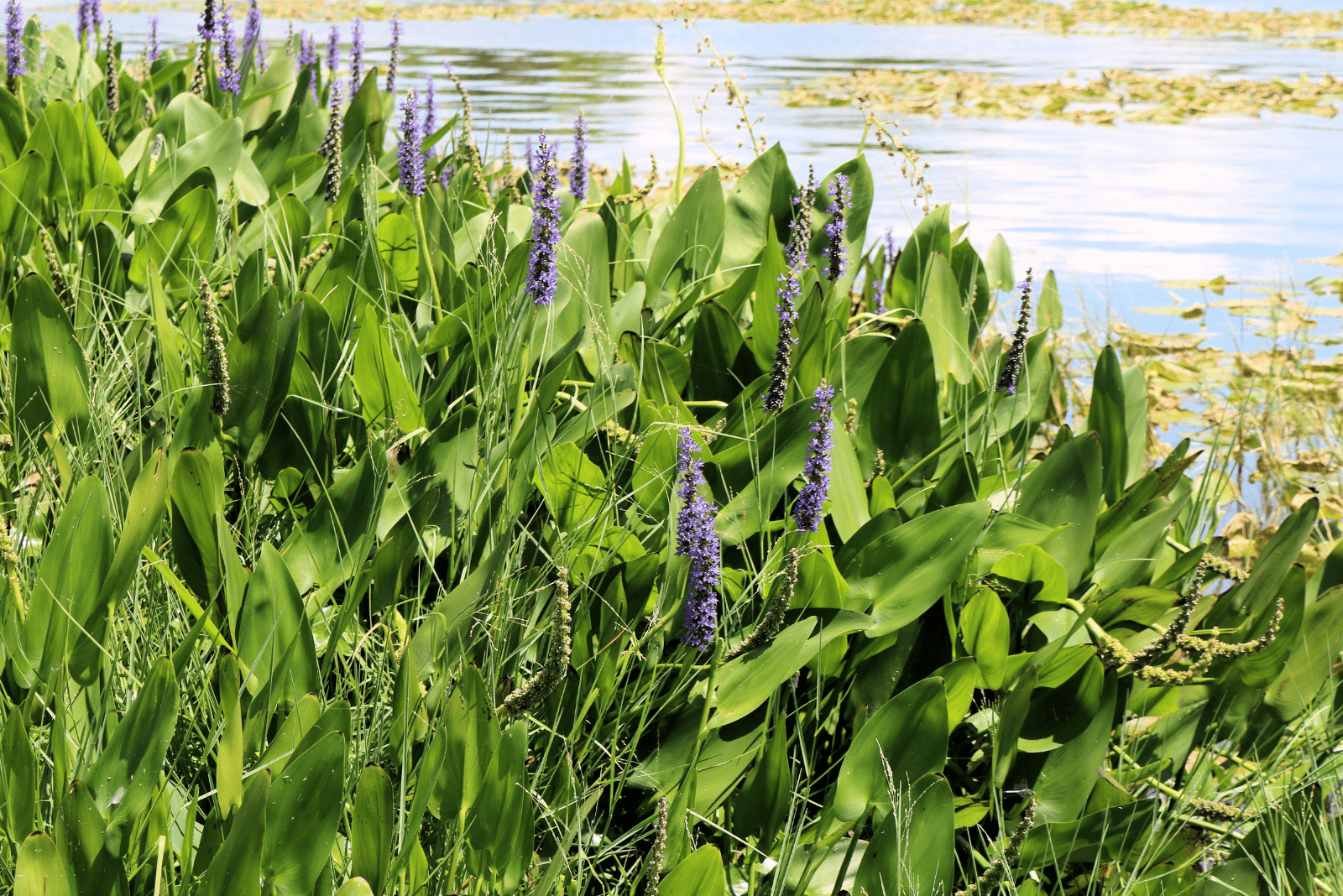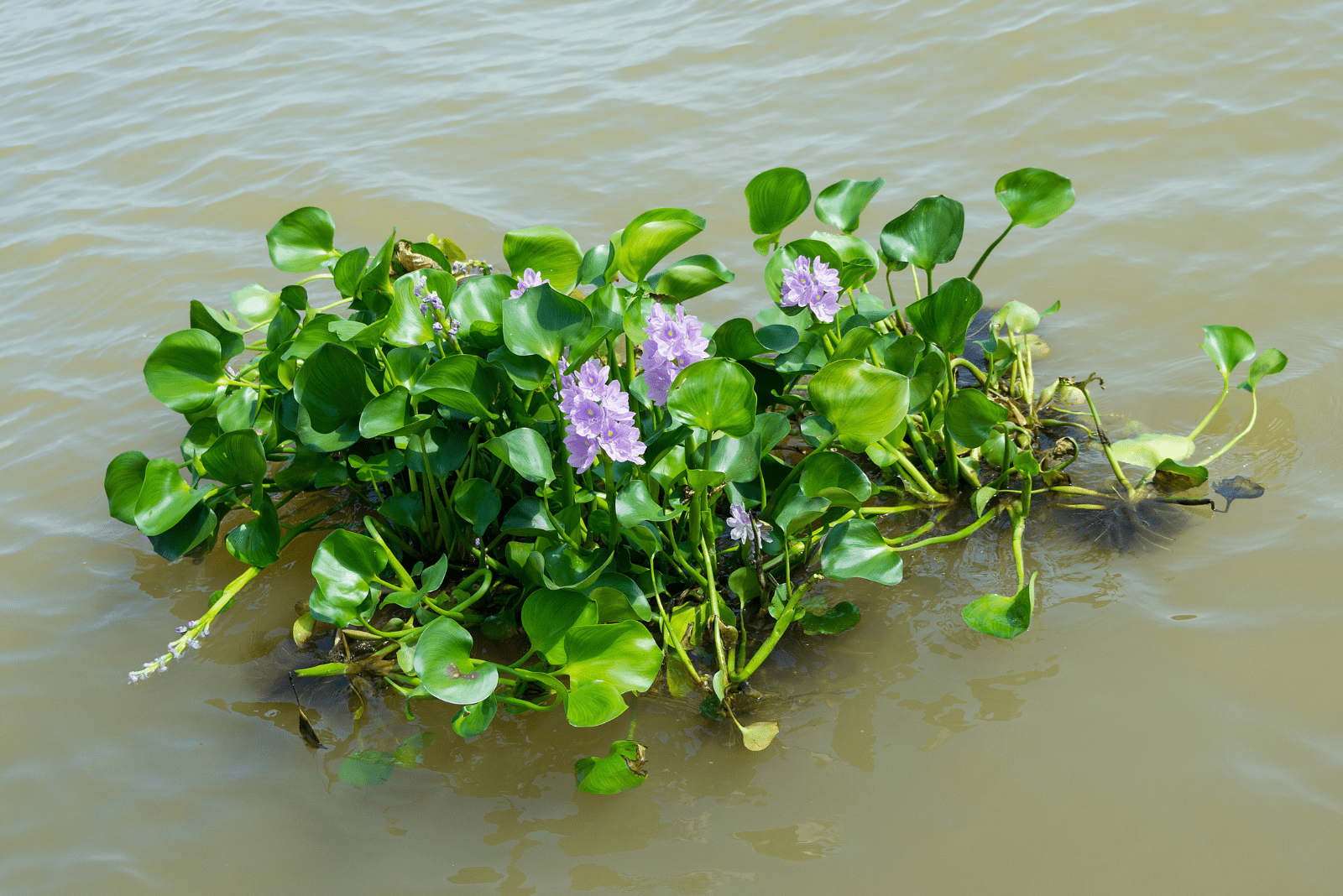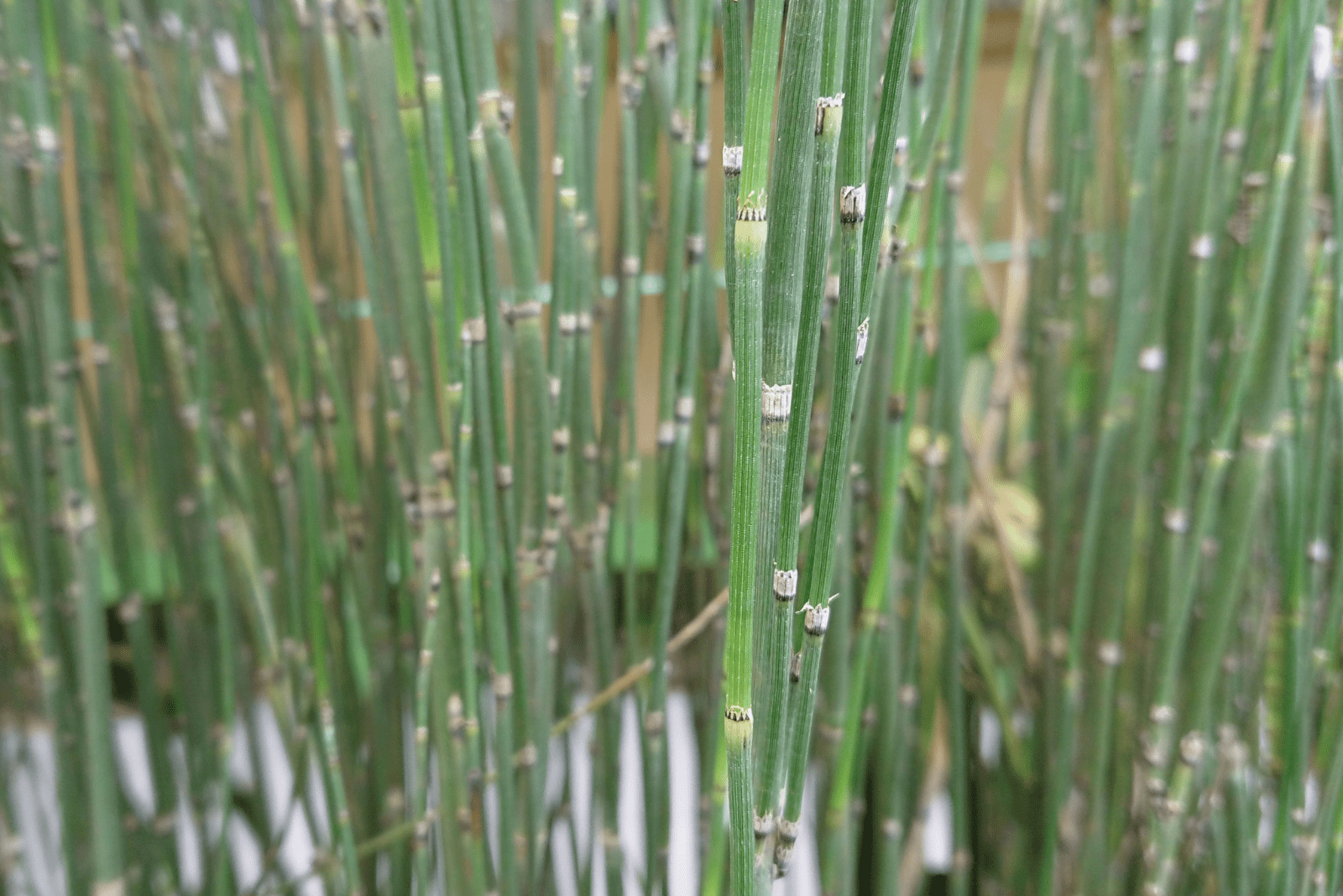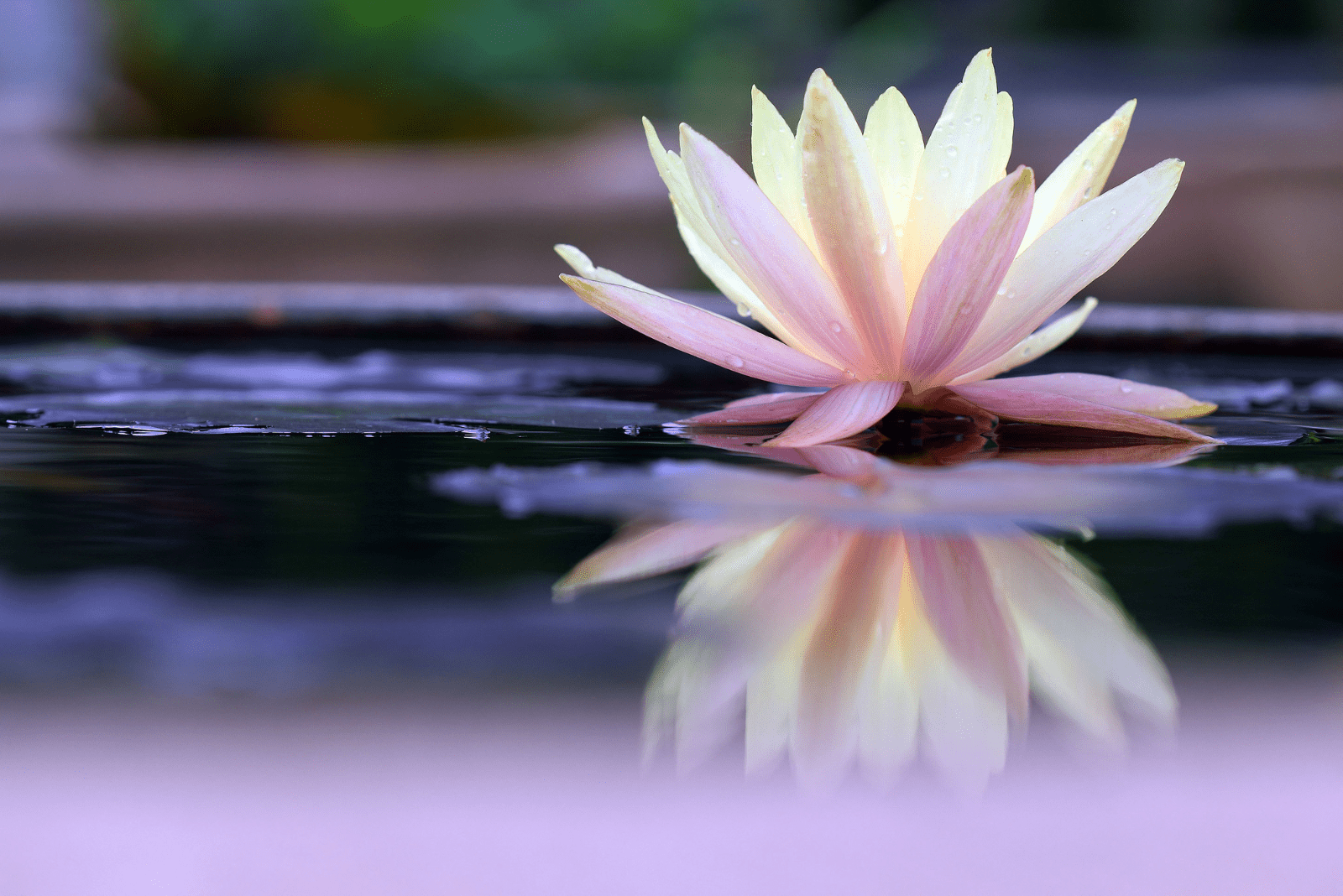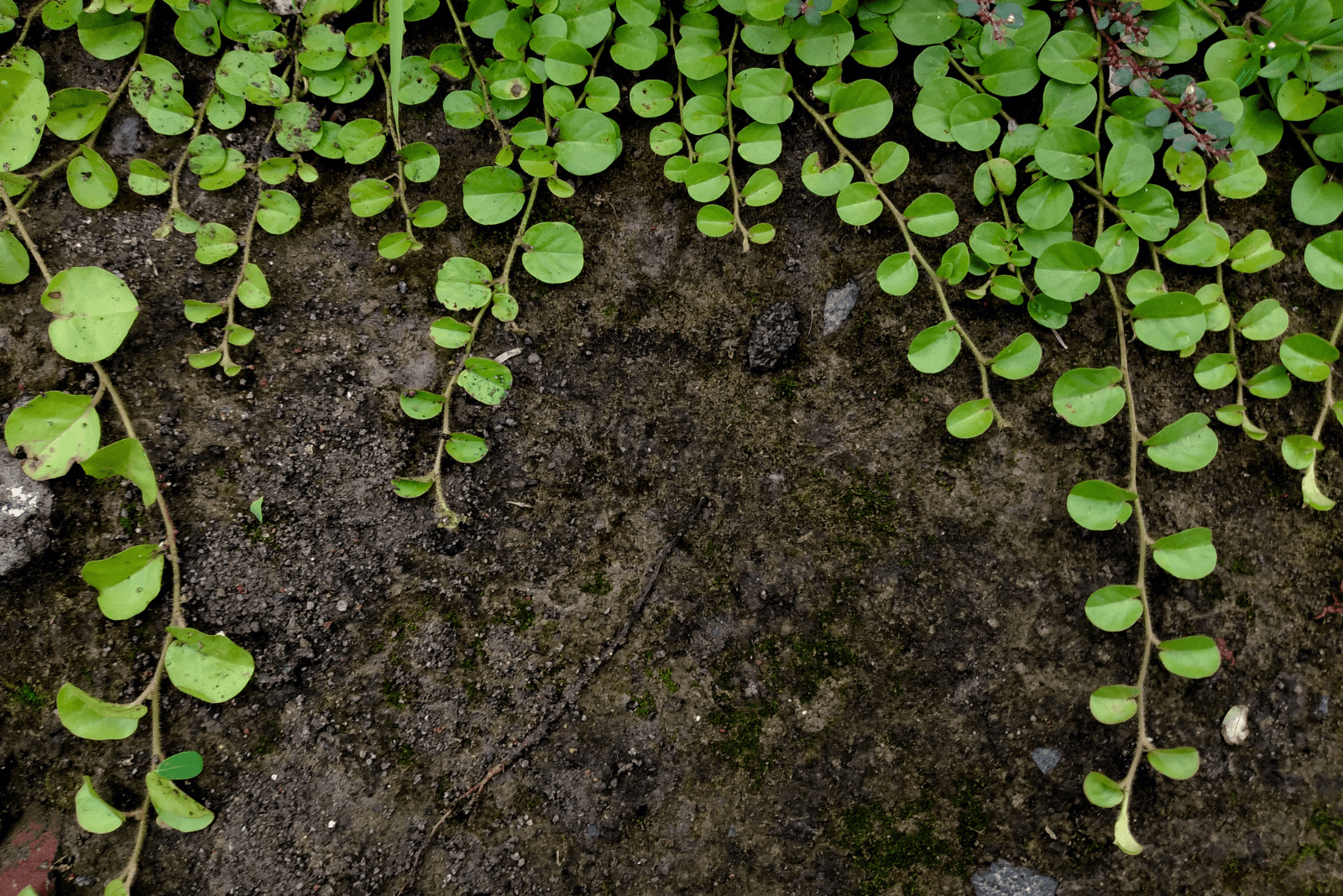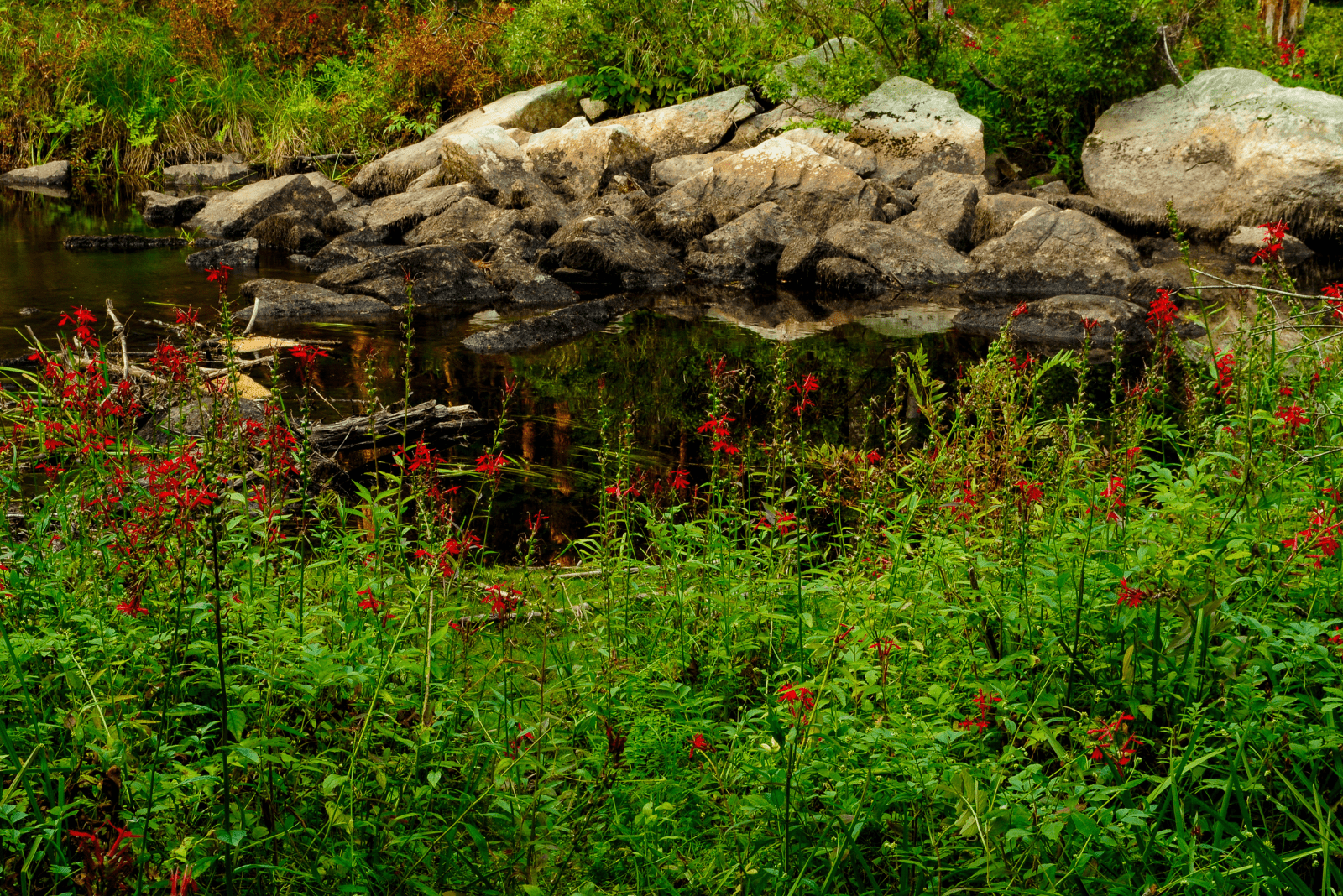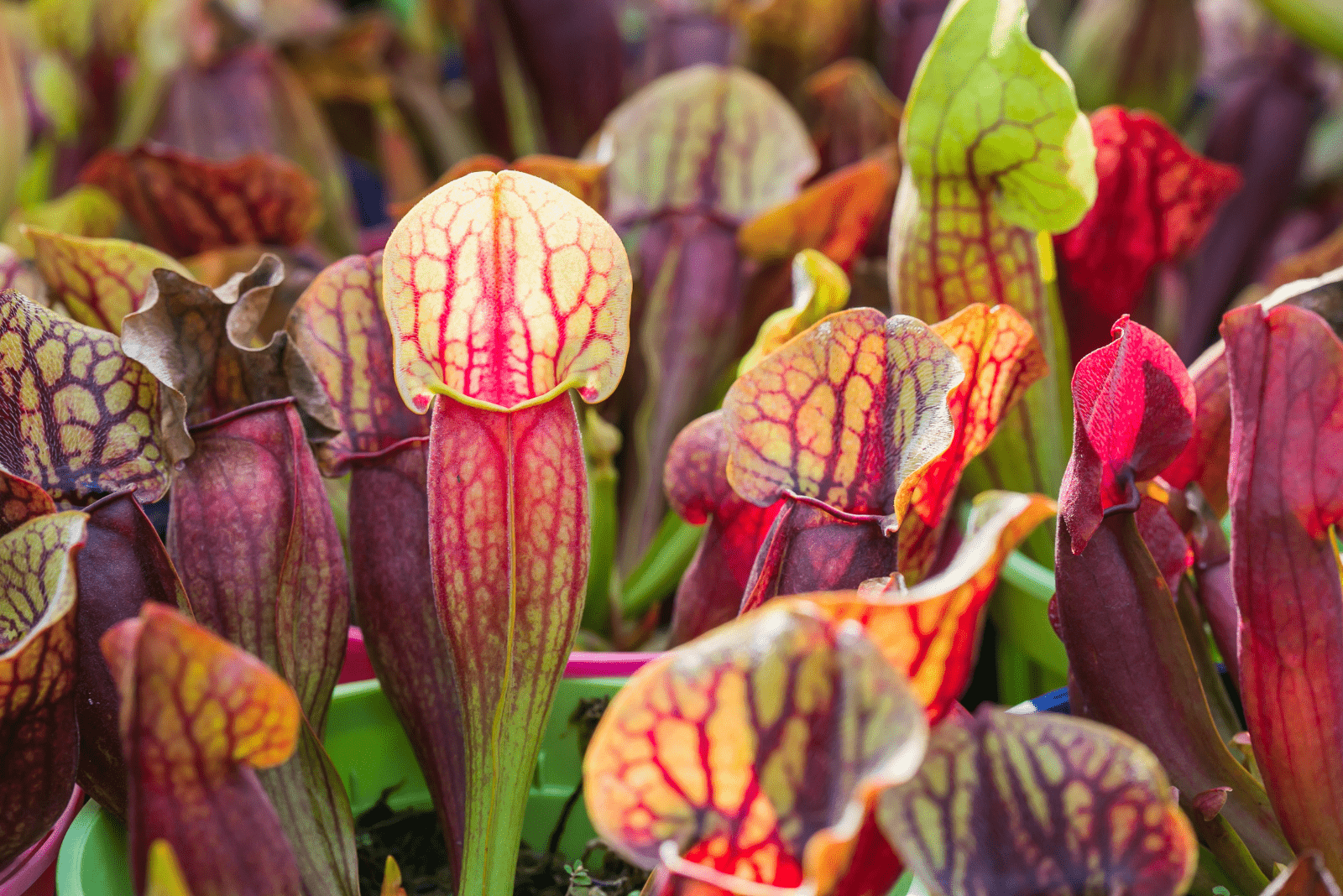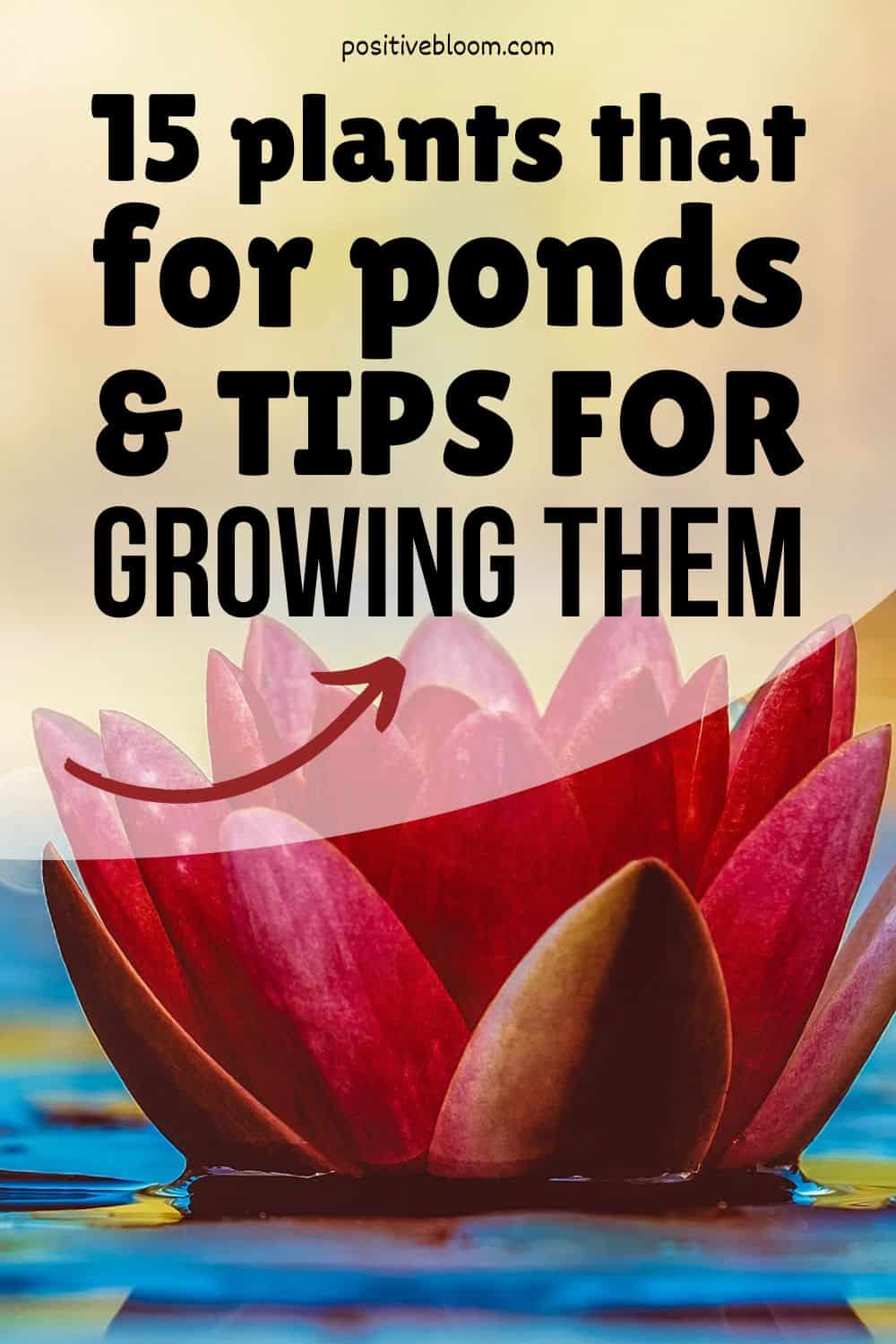Water features are amazing additions to any front or backyard, and they look even better with further decoration.
One of the main things is deciding which plants to grow in garden ponds, and once you see how many options there are, you might feel a bit overwhelmed.
Water lilies and lotuses are obvious choices, but there are so many other (perhaps even unconventional) plants that you could try out in your water garden.
That’s why we researched fifteen different water plants for ponds to help you beautify your backyard.
Maintaining a healthy and thriving pond ecosystem with bog plants does demand some effort, but you’ll soon get the gist of it.
We also included some tips for keeping your outdoor water garden clean and your aquatic plant healthy, as well as some interesting facts and some of their benefits.
15 Water Plants For Ponds And Their Care Guides
There are many plants that can grow in water, but today’s article is focused on pond plants. Different types of aquatic plants require different care, so we’ll discuss their most important requirements in the sections below.
Basically, pond plants are classified as bog (or wetland), floating, marginal, emergent, and submerged plants, and we will go through a couple of types from each category.
1. Water Lily
There are many different varieties of the genus Nymphaea that you can grow in your pond, and it all depends on whether you want yellow, pastel orange, white, green, blue, indigo, pink, or red flowers to decorate your small pond.
This pond plant blooms from April to September, but if your region doesn’t get frost, lily flowers can decorate your fish pond for the entire year.
These plants are native to temperate and tropical climates around the world. Hardy water lilies can grow in USDA zones 4-11, while tropical ones cannot survive north of zone 9.
There are even dwarf varieties that you can grow in pots or containers if you’re not ready for all the maintenance that a backyard pond requires.
You can choose a plant with tiny lily pads, no larger than 2 inches, or you can decorate your standing water with giant, 6-foot lily leaves.
Furthermore, most water lilies require full sun conditions to grow (at least six hours of light each day), but some varieties can thrive in partial shade (around four hours of sunlight per day), so choose your plant wisely based on the light conditions in your garden.
These plants are heavy feeders, but there are hydroponic fertilizer tablets that you can just push into the soil every other month during the plant’s growing season to help your water lily flourish.
This plant can also help you get the most out of zen garden ideas on a low budget and keep your koi fish happy.
2. Water Lettuce
This plant is hardy in USDA zone 9-11 and really does look like a lettuce head floating on the surface of the water!
This lime-green water cabbage needs plenty of sunlight (approximately 11-12 hours per day), so think of your pond’s location before buying this plant.
You can always grow it in a pot if your pond doesn’t get enough light, but you shouldn’t expose it to direct sun as soon as you get it because the harsh sun rays may burn its delicate leaves.
Instead, introduce it to its new home gradually by slightly increasing the amount of time it spends in the light each day.
Furthermore, even though this plant thrives in sunlight, it could use a bit of afternoon shade to avoid sunburn.
Finally, a lack of fertilizer may turn this plant’s leaves yellow, so you should feed it from time to time. You can add fish emulsion or soluble nitrate and phosphate, but always follow the instructions on the package.
You can add other nutrient boosters to the pond water, but if you’re worried about how they might affect your fish, you can take the plant out of the water and leave it in a container with some balanced, liquid fertilizer for a couple of hours.
3. Water Hyacinth
Water hyacinth is a floating pond plant with attractive violet flowers that appear in late summer to early fall.
This water garden plant requires full sun to thrive and is hardy in zones 8-11.
However, there is one thing that makes growers think twice before getting one; it is invasive, so you will need to thin it every once in a while.
Thankfully, the water hyacinth belongs to the category of floating pond plants, so you can just remove a small batch from your pond.
Finally, this plant needs nutrients to survive (just like any other plant), so you should feed it from time to time. If it starts yellowing, take it out of the pond and put it into a tub or container, fill it with water, and add some 12-4-8 fertilizer (1 teaspoon per gallon is quite enough).
Let it soak in the solution for a couple of hours, and then take it back to its usual place.
4. Dwarf Cattail
The dwarf cattail is a slender, perennial, grass-like emergent plant that we’re used to seeing in bogs and marshlands.
However, they can be an interesting addition to your backyard pond with a little bit of decoration planning.
These plants are hardy in zones 3-9 and can tolerate both full sun and partial shade. Their flowers appear in summer, and if you happen to have a book or two about flowers and arrangements, you can put them to good use and create some fantastic flower projects!
These plants are rooted into the pond’s bed and emerge from above the water level like waterlilies.
One of the things I love about this plant is that it doesn’t require additional fertilizer; simply feed it immediately after planting.
5. Duckweed
Water lentils, or duckweed, are those green, algae-like plants that completely cover the water’s surface and make it hard to tell whether it’s ground or liquid.
This plant might not be everyone’s first choice for their garden pond, but it can really bring out the beauty of those waterlily white flowers.
It is a floating plant that can tolerate both sunny and shaded locations. The water lentil is a hardy plant that can thrive in temperatures as low as 45°F.
One of the benefits of duckweed is that it suppresses algae growth, so it might not be a bad choice for your pond after all.
You can feed this plant with some manure tea or triple 10 fertilizer enriched with iron, but you have to find fish-friendly fertilizers if you have them in your pond.
Remember, duckweed requires very little nitrogen, phosphorus, and potassium, so you should dilute the fertilizer to at least quarter-strength.
6. Horsetail Rush
This non-flowering plant reproduces via spores, which makes it spread rather quickly. Therefore, you might want to thin it a bit in summer and then cut it back in fall so it cannot invade your watery area.
It is still an attractive marginal plant that you can use to make the pond’s edge more attractive.
It won’t grow taller than 2 feet, but there are dwarf varieties that only grow up to 8 inches.
It can tolerate both full sun and partial shade, but it does prefer filtered light.
This is also one of the pond plants that actually requires soil to thrive, so ensure it is moist but well-draining (such as sandy or gravelly mediums).
If the soil is too heavy, you might notice root rot symptoms like stunted growth and overall poor stem appearance.
One thing that can make caring for this plant a lot easier is the fact that you don’t have to fertilize it. The horsetail rush doesn’t require the fertile substrate to survive, so you never have to feed it. In fact, you might even do more harm than good if you fertilize it.
This plant has a deep root system, so it will find nutrients if it needs them.
7. Hornwort
Hornwort is a plant that brings liveliness to your aquascape. Its fluffy stems make it the best friend of all life in an aquarium or a pond.
It is an oxygenating plant that keeps the pond clean from algae and releases oxygen into the water that the pond ecosystem needs.
It is a submerged plant, which means it lives underwater, and it doesn’t have any roots, so it isn’t picky about the medium on the pond bed.
It absorbs nutrients through its stems, but you don’t have to fertilize it. However, if you add some food to help your other plants grow, hornwort will respond with speedy growth.
Finally, even though this is a plant that lives underwater, it can’t survive in complete darkness.
It requires moderate to bright light conditions to look its best, but it will tolerate some lower-light conditions. However, full shade can make it unattractive (it may shed its leaves or turn brown) or even kill it, so bear this in mind when getting one for your aquarium or pond.
8. Japanese Sweet Flag
The Japanese sweet flag is a wetland grass that usually grows in shallow water, though I’m sure you can find a place for it in your water garden.
Its light green blades ornamented with yellow stripes stay like that all season long, and sometimes even in winter if it’s warm enough.
It is hardy in USDA zones 6-9 and thrives in wet soil and full sun.
If the substrate isn’t that moist, the plant will benefit from some shade, but you should never allow the growing medium to completely dry out, or it could scorch your Japanese sweet flag.
One of the things that makes this grass desirable is the fact that it doesn’t require too much fertilizer. You can feed it in early spring with some organic plant food, and once again, halfway through its growing season.
9. Lotus
Lotus plants look breathtaking in any pond. They bloom in late spring and can thrive in USDA zones 5-10.
One of the things that gardeners love most about it is that you can grow a lotus without soil by simply covering its roots with some gravel or small stones.
However, it is much easier to care for this plant when it’s growing in an actual substrate, as it doesn’t require frequent fertilization.
You can use fertilizer tablets every 3-4 weeks, just follow the instructions on the package.
This is a perfect pond plant, but you can also grow it in a deep container. Make sure that its leaves aren’t submerged and that it gets at least six hours of sunlight per day.
10. Pickerel Plant
This plant has nothing in common with its animal namesake! A pickerel’s flowerhead slightly resembles a rattlesnake’s tail, but this one doesn’t warn of any danger!
The purple-blue flower spikes rise above the blue-green foliage and will decorate your garden from summer to fall.
It can survive in USDA zones 3-10 and doesn’t need too much care.
Simply ensure that it gets full sun conditions (or partial shade if the temperatures are scorching).
It thrives in wet mediums and doesn’t mind being submerged in the water around 3-5 inches. The soil should be rich and loamy, but if it isn’t fertile enough, you can always fertilize it more frequently.
As this is a marginal plant, you can plant it on the pond’s edge to make fertilization easier. Add some slow-release fertilizer in the early spring, and your plant will thrive all season long.
11. Blue Flag Iris
The violet-blue flowers of the blue flag iris make this plant perfect for all kinds of settings, whether you want a more peaceful garden or a stunning pond.
It can grow in moist, fertile soils or shallow water, and it doesn’t need too much fertilizer. You can add compost to introduce more organic matter to the growing medium or amend it with some bone meal.
It usually grows 2-3 feet tall and blooms in late spring. One of the things that contributes to its deep blue blossoms is the amount of light it gets, so make sure to plant it in full sun or partial shade if your climate is extremely hot.
It can grow in USDA hardiness zones 3-9!
12. Creeping Jenny
Creeping Jenny is a plant from the primrose family. It also goes by the names moneywort, twopenny grass, and herb twopence.
It bears tiny yellow flowers that don’t last long, but as it blooms intermittently from summer to fall, you can enjoy them for a while.
It is an excellent ground cover, and gardeners around the world have found different applications for it, so it’s not strange to see this plant growing in the shallow water of a small pond.
It does need a lot of moisture and fertile soil to thrive, so don’t allow the medium to dry out (but that shouldn’t be a problem if you grow it in your pond!).
Add some organic fertilizer while the plant is young, but once it’s established, you can feed it in early spring with a triple 10 fertilizer diluted to at least half strength.
Also, this plant’s foliage will be a different color depending on the light exposure. If you keep your creeping Jenny in full sun, its leaves will be golden yellow.
However, the foliage will become a darker, somewhat chartreuse green if you keep the plant in partial shade.
13. Black Magic Taro
Taro is a tropical plant that goes quite nicely with arrowhead plants.
It belongs to the genus Colocasia, but we might have difficulty telling it apart from an Alocasia because plants from these genera look very similar.
However, certain aspects help us differentiate between alocasia and colocasia plants, such as the looks of their leaves.
Colocasia plants don’t usually have prominent veins on their foliage and are slightly more rounded than alocasias, but it only adds to their charm.
The Black Magic taro is a cultivar that thrives in pond water, but it needs soil because it’s not a floating plant. The growing medium should be loamy and well-draining to allow good aeration.
You should feed this black-leafed plant regularly during its growing season, or at least once a month. Use liquid fertilizers diluted to half-strength!
Just like any other tropical plant, The Black Magic taro thrives in indirect light. However, a few hours of direct morning sunlight won’t damage its foliage, quite the opposite, in fact.
Eastern sun will bring out the deepest shade of purple and make this plant all the more attractive!
14. Corkscrew Rush
The corkscrew rush is another marginal plant, but this one is cultivated for its unique shape. Its curly blades twist whichever way they please, so they might add that spark your pond has been missing.
It can thrive in various substrates, including sandy, loamy, and clay soils, as long as they are moist. A dry growing medium could be the death of these curly plants, which is why it’s perfect for growing in water.
It grows pretty slowly, so it doesn’t require too much fertilizer. General plant food or manure tea in early spring is enough.
If you change the potting mix regularly, you won’t have to feed it at all!
The corkscrew rush thrives in full sun locations, but if your region is scorching, you should consider planting it somewhere it would only be exposed to sunlight during morning or late afternoon hours.
15. Cardinal Flower
The last water plant for ponds we’ll examine in this article is the cardinal flower. Its red blossoms would be the main attraction in your garden as not many plants bear such vividly colored blooms!
It loves fertile and wet soils, so you can plant it as a marginal plant near your pond’s edge, where most species would catch root rot.
Just like the other plants mentioned in this article, the cardinal flower also has difficulty dealing with dryness, so you should ensure that the soil is wet or at least consistently moist.
Another similarity with other pond plants is the fact that it doesn’t require too much fertilizer. As it grows in soil, you can just mix some compost into the growing medium in late winter or early spring, which would be enough for the entire growing season.
It is usually found in USDA zones 3-9, growing either in full sun or partial shade. If the temperatures are high, this plant can survive basking in the early morning or late afternoon sun.
However, if you grow it in colder regions, such as zone 3, you should plant it in a location that gets plenty of sun throughout the day.
Benefits Of Aquatic Plants
There are quite a few benefits of aquatic plants, and one of the most interesting ones is controlling algae growth and keeping the pond (or aquarium) clean for longer.
These plants don’t have any superpowers that slow down algae growth, they simply absorb most of the nutrients, so the rest of the algae don’t have enough food to develop properly.
Pond plants also balance the ecosystem by providing food and shelter for fish and other wildlife.
Some water plants can even oxygenate the water, which helps other organisms thrive.
Some varieties can improve the water quality by absorbing heavy metals and other pollutants in the pond.
They are also aesthetically pleasing. I mean, who doesn’t like the look of lotuses, water lilies, or cardinal flowers decorating their yard?
Maintaining A Water Garden
The water in a water garden needs to be clean first and foremost, but the worst thing you could do is change it, as that disrupts the pond’s ecosystem.
Instead, get some filtration systems and algaecides to prevent the fluid from turning a yucky green.
You can also get liners and edging.
I know we don’t like even thinking of this, but if you notice any dead fish floating on the water surface, you should remove them at once before they contaminate the water.
The same goes for dead plant leaves. These will only decay and pollute the water, which puts all pond life in danger.
Q&A Corner
We’ve discussed some of the most important things regarding water plants for ponds, their respective care guides, and benefits.
However, there’s still plenty more questions to be answered about these plants, and we’ll examine them in the paragraphs below.
What plants can be fully submerged in water?
Some plants that can be grown entirely underwater are East Indian hygrophila, Parrot’s feather, different varieties of pondweed, fanwort, etc.
These plants are usually submerged, but small portions might be visible above the water level.
What plants grow well in fish ponds?
A couple of excellent plants for fish ponds are hair grass, pitcher plants, Himalayan meadow primrose, creeping Jenny, yellow flag iris, Japanese iris, etc.
When growing plants in pools with fish, you should keep them in their pots to avoid muddying the water.
Final Word
This article included fifteen different types of water plants for ponds that you can use to beautify your backyard water garden.
We brought some tips for caring for these plants and some of their benefits, which help us remember that they are worth the trouble.
Finally, we examined some helpful ways of maintaining a water garden so that all your plants and fish can thrive.
Until next time!
Like this post? Share or pin it for later!

